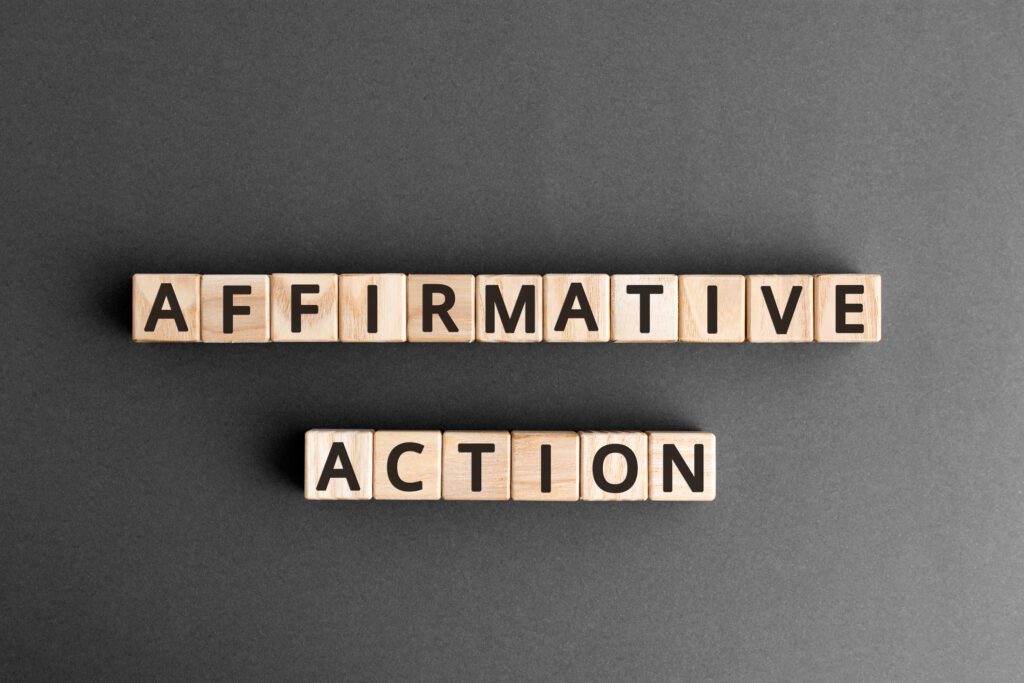Affirmative Action and the The Four Distracting Questions
By Jim Morris, IAC Webinar Committee Member; CEO, Jim Morris Consulting

Did you know that 25 years ago, Justice Sandra Day O’Connor predicted that the issue of racial discrimination would be something our society would not have to confront today?
In 2003, Justice O’Connor summarized her opinions in the Grutter case—one of the affirmative action cases being contested this week in the Supreme Court—writing, “We expect that 25 years from now, the use of racial preferences will no longer be necessary to further the interest [of increasing diversity in colleges and universities] approved today.”
Can we agree that Justice O’Connor’s optimistic prediction has not come true? From attempts to intimidate and threaten black and brown voters in next week’s election to confronting anti- Semitic sentiments and hate speech from public figures, we are still dealing with racism on a daily basis in U.S. society.
What’s going on? Why can’t we do as Justice O’Connor predicted and overcome and evolve past the stain of racism, racial bias, and discrimination?
I don’t have an answer to that question, here is an observation about the patterns of misunderstanding that seem to just stall progress.
In our work with clients around the world, some of my colleagues and I have noticed there are four questions that are repeatedly asked in arguments like this that take us down the problem solving rabbit hole.
It seems to me that these questions are motivated by a desire to intentionally stall progress. In other instances, the questions stem from a constructive intention, but the people asking these questions lack the ability to actually hear the words or see the lived experience of our colleagues, friends, and neighbors who have to deal with racial discrimination on a daily basis.
The four questions are:
- The “What about…?” equivocation question: People ask this question based on the assumption that all forms of discrimination are solved with the same solution. Ask anyone who deals with the intersectional issues of, say, accessibility along with racism, and they’ll tell you the remedy for one is very different than the remedy for the other. The issue before the Supreme Court has to do with banning discrimination on the basis of race. Though the cases being argued today are about diversity and acceptance policies in Universities, the point being argued has its origins in the 14th Amendment. The language of the amendment was intended to address the racial backlash in the South following the end of the Civil War to provide formerly enslaved citizens with the same protections as all U.S. citizens, making their lynching, murder and assault unlawful (ACLU).
- The “Where’s the data?”question: My colleagues who are men and women of color say this is the most frustrating question of all. For them, the “data” happens every day in the regular course of living their lives. It includes the ways they are looked at or treated in public spaces or asked to speak for their whole group, as in, “You’re black; what do your people think about this?” They live and have to confront the data in ways that people like me have never experienced. Justice Sotomayor courageously offered up her own educational experience as data that affirmative action worked. Her grades, she said, would not have normally allowed her to get into Yale Law School, even though she excelled as a student once she was admitted. Her life story – like millions of other U.S. citizens – is the data.
- The definition question: It’s hard for me to believe that this question, when asked, is genuine. It sounds like a passive-aggressive way to stall looking at root causes or finding solutions. For example, Justice Thomas, in the oral arguments this week, asked, “What is the definition of diversity?” and then answered his own question by saying it seems to mean “giving everything to everyone.” It would have been more direct to say, “I don’t subscribe to diversity as a valid concept for the Court to consider.” Taking the bait and providing definitions of terms like “diversity” or “equity” or” inclusion” divert the conversation from actual problem-solving to an exercise in semantics.
- The “When will we be done?” question: “When will we know anti-discrimination practices have gone far enough?” Does it strike you as odd that we are asking when we will be done working on eliminating discrimination when we have yet to be successful holding people accountable for doing it? It’s like saying “When are we going to stop funding cancer research?” knowing that there are still so many incurable or hard-to-treat forms of cancer. How about we solve more of the problem and THEN talk about when enough is enough?
A mentor once told me that, “Affirmative action is a clunky, inelegant, but necessary engineered solution to a human dynamic, and a problem that defies simple solutions. You can’t engineer mindsets.” They warned me, and that’s what was most disturbing when I listened to the Court proceedings. Some justices just sound like their minds are made up, and they are unable or unwilling to look past the literal interpretation of the 14th Amendment to consider the context of our society, then and now.
I was astonished to hear some of the justices ask the same basic questions our clients who have never had the opportunity to delve deeply into diversity and inclusion ask. The difference is that the Justices are supposed to be among the most learned and informed among us. It was heartbreaking to listen to some of the Justices go down the rabbit hole of these four questions. Is that they don’t understand the real issue or do they not believe it’s really worth considering?
Ways to Deal with the Four Questions:
Do your best not to take the bait. No answer you can provide and no dialogue about them will actually move the needle toward a more equitable society. Instead, start with listening to their story—all of it.
Say something like, “What really bothers you about working towards a society with no racial discrimination? Or “What are you afraid of if the Court upholds affirmative action—as imperfect as it is—to help rebalance the scales of justice?” Asking a question like this creates connection with the person asking the question, rather than taking a stance of debate. It also gets more to the heart of the issue, which is their resistance – not the legitimacy of DE&I work or, in this case, affirmative action.
A decision to completely overturn the Grutter v. Bollinger case, which was basically a blueprint for race-conscious college admissions, could have devastating outcomes when it comes to college admissions. According to a brief filed by Harvard, more than 40% of universities in the U.S. consider race during the admissions process. Let’s hope the Supreme Court will not vote to end the use of racial classifications in college admissions.
A decision to completely overturn the Grutter v. Bollinger case, which was basically a blueprint for race-conscious college admissions, could have devastating outcomes when it comes to college admissions. According to a brief filed by Harvard, more than 40% of universities in the U.S. consider race during the admissions process. Let’s hope the Supreme Court will not vote to end the use of racial classifications in college admissions.
